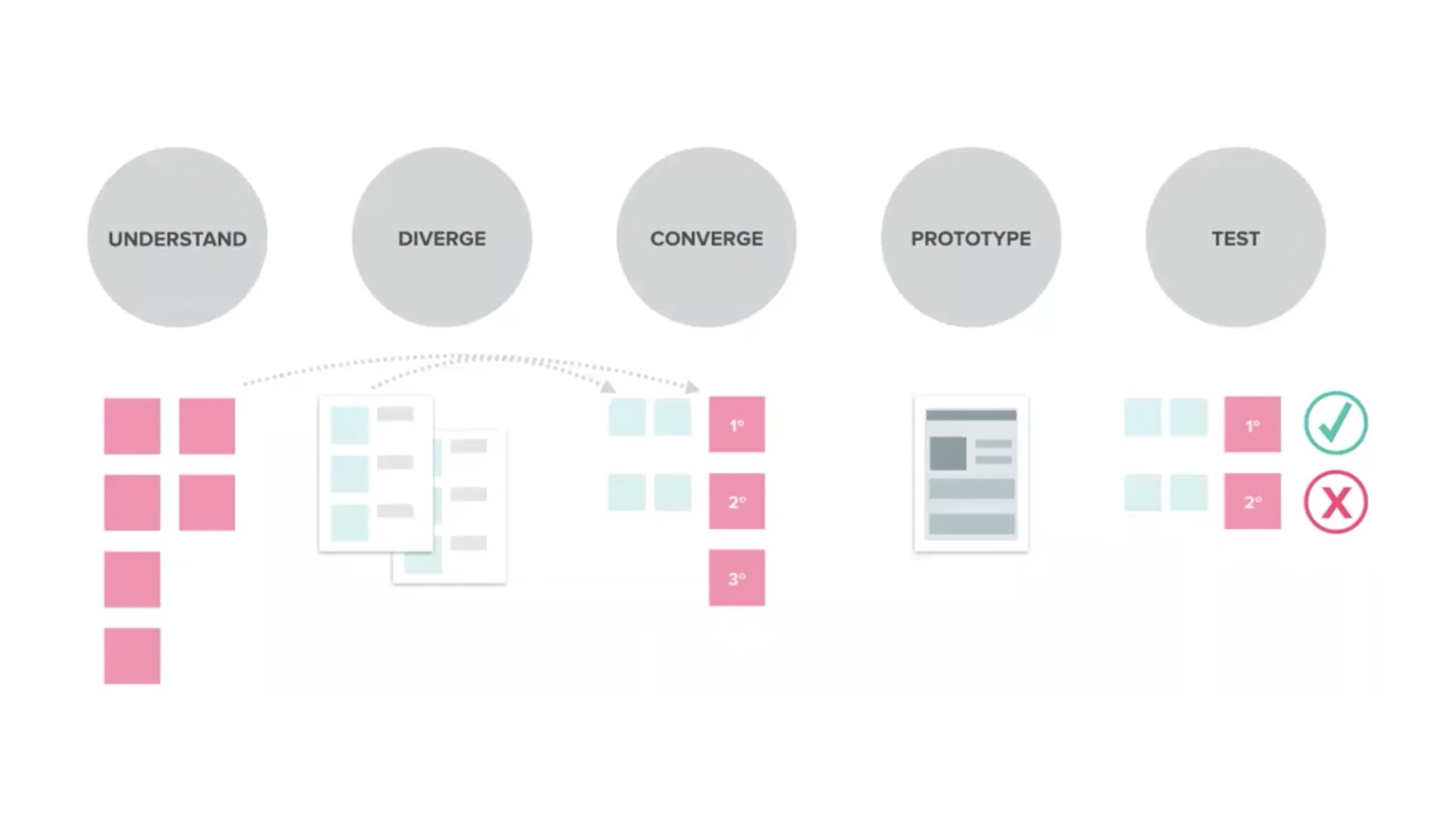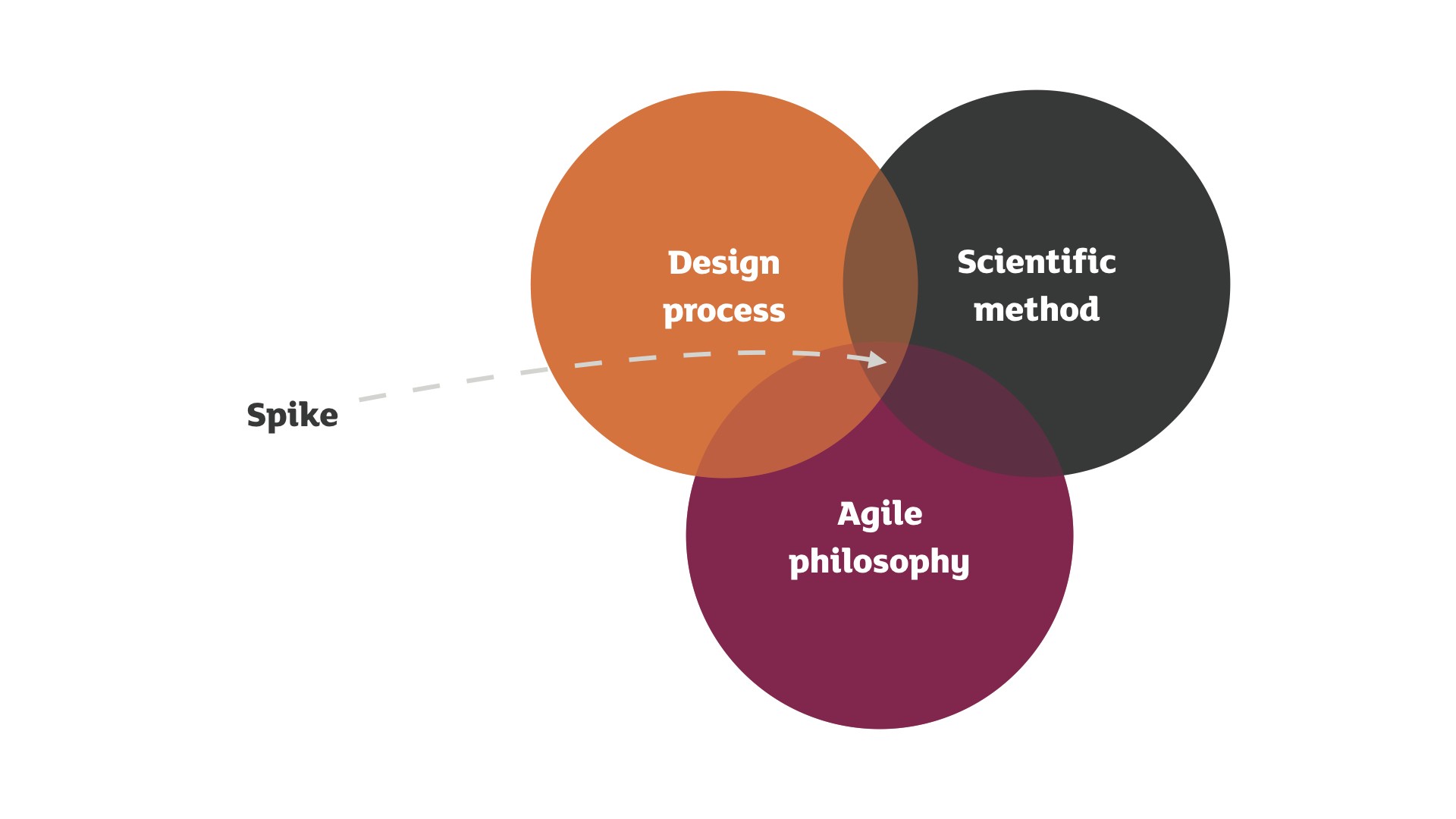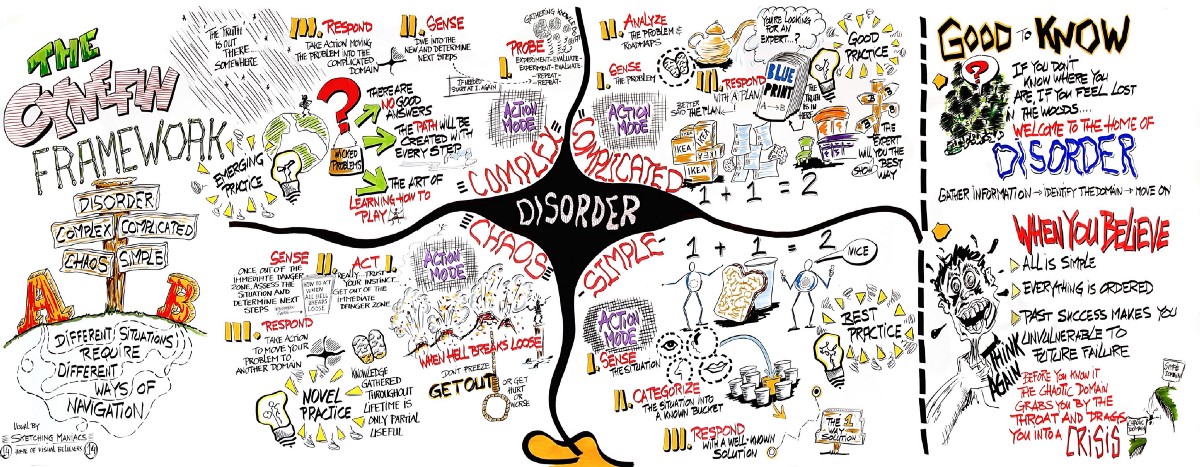Jul 4
In my first story I promised that …
over the course of a few stories, I’ll try and cover a few of the sciences we draw upon in our art as a creative community to create engaging experiences.
And last time out I talked around how User Experience is … Product Ownership and how UX and product management both play an important role in bringing products to market.
This time we venture away from the science and art of our craft and instead start to look at the fundamentals of UX and how this facilitates better design thinking within organisations.

A lot of the work I do isn’t what you first think of. It isn’t the stereotypical designer related tasks and doesn’t involve pencils, crayons, paper or a fancy design package!
Instead it involves conversation, developing knowledge and sharing ideas. Through doing this, it allows teams and stakeholders to understand the problem we are facing and develop a suitable solution.
A lot of this work involves developing a deeper shared understanding and providing certainty throughout the teams involved, to facilitate the growth of ideas.
This is equally as important, if not more so, than the refinement of the designs. This gives designers the freedom and license to influence the team and stakeholders to support the designs and ambition of a wider vision.
Why we need certainty
The Cynefin framework created in 1999 by David Snowden at IBM Global Services is known as a sense making tool. It looks at how to provide more certainty in order to allow individuals and teams to perceive somethings as being simple instead of complicated, complex or chaotic.

To avoid feeling lost and being in a world of disorder, providing certainty can enable the team to understand the problems and product better, so that it feels simpler and provides more order.
If the stakeholders and product teams are in a disordered world or the chaotic quarter, they might be lacking understanding and information. In this world, decisions that are being made, might not be the best ones.
Often this isn’t a reflection on the person making the decision, but the information they know about at the time they make the decision. In this world there is a need to provide a better shared understanding amongst the stakeholders and team in order to lead to better decisions for the experience and design of products.
The benefit of moving stakeholders and product teams into the simple quarter, is that they will be able to exhibit more best practises in their thinking, the way they work and the decisions that are made. Ultimately enabling your product to benefit from this to improve the experience and design by having a more influential and knowledgeable voice in the room.
If people feel comfortable with something they’re more likely to make sensible decisions, based on facts, instead of knee jerk decisions where everyone is left scratching their heads. Working with the decision makers to gain a shared understanding and provide more certainty and comfort enables a more sensible conversation 9 times out of 10!
When more certainty is needed
Working with ever increasing agility, shortens the period of certainty closer to the nearer term (couple of weeks). So that teams can react and pivot as feedback is gained either from end users or the wider marketplace.
The advantage of this is that the most valuable piece of work that is timely and provides an advantage is understood and worked on first.
However increasingly individuals, teams and organisations are needing more certainty and clarity on how to understand what’s the most valuable piece of work. They want to understand what’s coming up and what direction things are heading in. Often being able to compare and contrast the more detailed nearer term with the lesser known longer term provides context and comfort for decisions. Knowing this facilities a whole host of decisions to be made with increasing accuracy.
It’s getting increasingly easier to build anything, but it’s not necessarily getting easier to know what’s the right thing to build
Without this level of certainty, individuals, teams and organisations can start to feel lost. This manifests itself in a few ways:
- HIPPO decisions and ego driven design and development
- People focussing on who is right, not what is right from evidence
- Direction switching, flipping between opposing or conflicting directions
- Repeatedly pausing and having a number of false starts
- Decision paralysis
- Not being able to answer the 5 why’s!
- Teams not being able to clearly articulate their objectives and goals
- Teams not being unable to see more than a couple of sprints ahead

Working towards certainty
There’s no single way of doing this, as every product, team, industry and service is different. However there are some methods and processes that enable organisations and teams to gain more certainty. Developing a better shared understanding of the problem allows them to develop empathy of the users to influence the outcomes of the product and service experience.
Normally a ‘spike’ is used to provide individuals a period of time to work together to understand the problem better and be able to work collaboratively in order to develop ideas to solve the problem and be able to test them.

This can be achieved through using the following approaches to provide certainty for teams and organisations:
- Using a scientific method to develop insights from research and learn about ideas from testing them out
- Following a design framework to explore and iterate ideas and concepts
- Using a agile philosophy to focus on lean techniques to deliver value early
On top of this, the make up of teams is important in establishing certainty across the team and also sharing this across the wider organisation. Individuals with the following mindsets working together in teams, often provide certainty most effectively:
- Being a detective, understanding what’s going on, what the facts are, what’s the problem and what evidence we have to base decisions on
- Being an artist, how can be be creative and solve these problems, how can we generate different ideas
- Being a scientist, what ideas to we want to select to refine, how can we follow the scientific method to prove an idea?
- Architect, how can we build these ideas?
- Journalist, how can we test our ideas?

All design frameworks provide increasing levels of certainty through the different design phases, design iterations and test and learn stages.
So no matter which design framework you choose, pragmatically following a design framework to provide more certainty will help the team and organisation to understand the problem or solution better.
Next time up I’ll look at how ethical design is an important part of providing a good User Experience.
Written as part of the ‘User Experience is …’ series.
